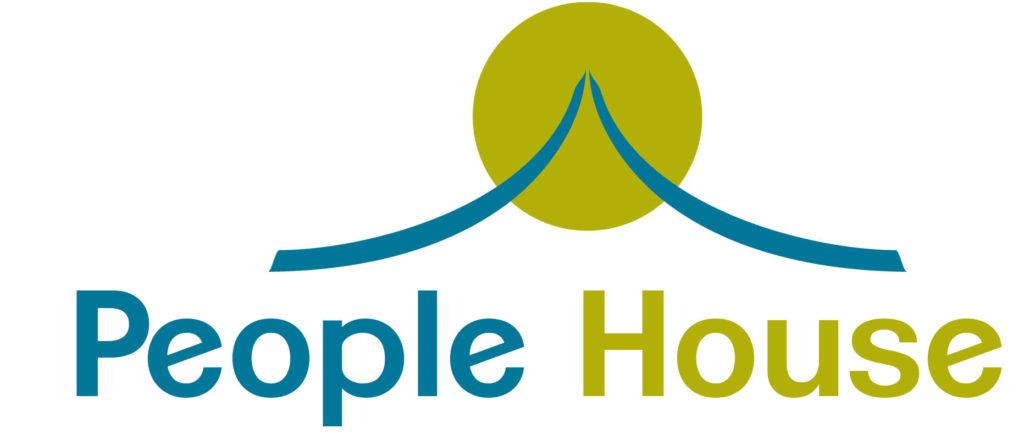Mind/Body/ Spirit: Part II ll By Faye Maguire

What does the integration of the whole being look like in therapeutic practice? How do we address the separation of self that we have come to accept as the norm, and so begin to function with integration of the whole being as our new norm?
First, let’s look at some definitions. What do we mean when we speak of mind? Let’s see it as consciousness inhabiting a physical brain, or operating from that brain, like a computer that is able to take in and process information. Recent science is showing us that our mind is also working throughout our bodies, and that nerve cells in the digestive system communicate directly with the brain. In this way, our mind is not only intellectual ability, reasoning capabilities, etc. It is the seat of our consciousness, and it links our bodies and our spirits.
How does mind differ from spirit?
Let’s think of the spirit as our essence, our energetic beings that inhabit the body as the mind inhabits the brain. Our bodies are the houses, a temporary home for that part of us that is eternal. Our bodies, our brains, are temporary dwelling places for spirit and mind, the aspects of our beings that never die.
Science as of yet, has no explanation of why consciousness exists. Most of us feel that we have a soul or spirit. We know that there is some mysterious energy that motivates us to think, to dream, to create. We feel there is a connection between this mysterious energy and how we live our lives, how well our health is, how our work, social, and financial lives manifest. Most of us focus our primary attention on our outward lives, finding a career, creating a home, supporting ourselves and our families, making friends, finding interesting things to do. These are the basic necessities of life, and they deserve our attention; without them, we would have no physical life beyond simply survival. This is the basic underpinning of Abraham Maslow’s well known hierarchy of needs, which I brought up in my last blog post.
The hierarchy is usually portrayed as a pyramid, with the bottom being basic physical needs, and the tip of the pyramid being “self-actualization” or a direct knowledge of one’s spiritual essence.
But what if our spirits and our consciousness need more tending?
What if we were to discover that, if we spent more of our precious time tending to these unseen aspects of ourselves, we would find our outer lives improving as well? What would happen if we turned this hierarchy on its head, and decided to prioritize taking care of our spiritual selves?
As the practice of psychotherapy and counseling continues to blend the standard accepted Western models of diagnosis and treatment with Eastern practices such as mindfulness, meditation, and body centered practices such as yoga and tai chi, we find CBT and DBT protocols have emerged as accepted ways to treat human beings. Both systems incorporate the technique of mindfulness, or staying focused in the present moment, as a method to cope with anxiety and depression. EMDR is widely accepted as a proven treatment for trauma, and it involves treating memories stored in the body and mind, and images that represent these memories.
Practicing mindfulness and meditation are helpful ways to encourage clients to feel their bodies, notice what messages the body may be sending, and noticing when we might get an intuitive “hit.” Somatic or body centered therapy can help clients focus on what messages pain, illness and discomfort might be trying to send us. These practices acknowledge that “mental disorders” are not truly mental at all, but spring from memories, beliefs, and ideas carried in the body and the mind.
I am trained in Jungian and transpersonal psychology, and I like to use dreams as a way to work with clients to understand messages from the body, the unconscious mind, the soul and the spirit. We might use a light trance state in a session, in which all aspects of the being are present and engaged: body, spirit, and both conscious and unconscious minds. In this state, it is possible to gain greater insight into how our bodies, minds, and spirits communicate with us. It becomes possible to befriend and therefor, to better understand one’s symptoms. Dream images can be used as a gateway to working through issues. The slowed breath is used to calm the body and to create a relaxed state in which we be more receptive to what our whole being is expressing. From there, we work toward making positive changes in our lives by starting to let go of negative beliefs and transforming them into healthy, integrated actions.
Here are some of my favorite Mind/ Body authors:
Candace Pert
Richard Hanson
Herbert Benson
Andrew Weil
Faye Maguire, MA, LACC, is a People House private practitioner working with youth and adults, using a transpersonal approach to therapy. Counseling is her second career, after being a business owner for nearly 30 years. She enjoys working with people experiencing life transitions, grief and loss, depression, anxiety, trauma, addictions, relationship issues, and figuring out life’s direction, using a holistic approach. Please contact her at 720-331-2454 or at fayemaguire@gmail.com for more information.
